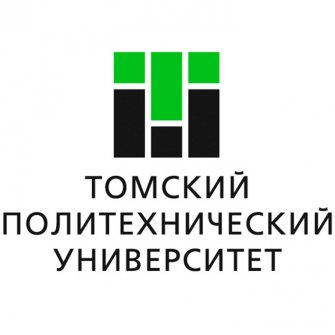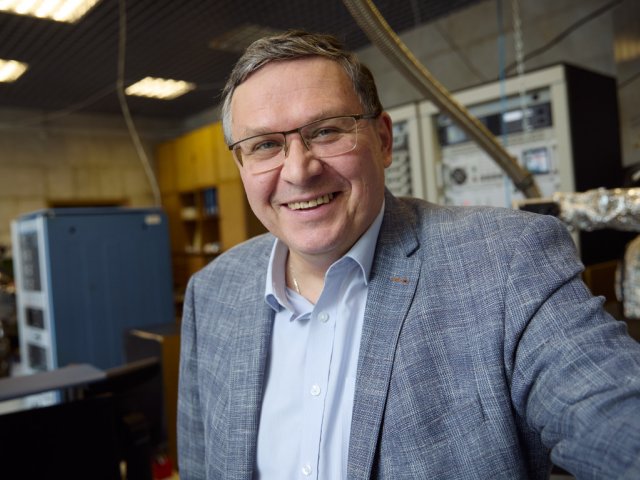Being the oldest engineering higher school in the Asian part of Russia, Tomsk Polytechnic University has become an alma mater for generations of graduates, brilliant researchers, inspiring political and public figures, gifted teacher, and excellent engineers. Today TPU is a national research university which places special emphasis on advanced engineering education, creation of resource-efficient technologies, internationalization, and integration of research and academic activities.
Tomsk Polytechnic University was founded in 1896 as Tomsk Technological Institute (TTI) of practical engineers. The Siberian region was rich in minerals but it demanded infrastructure and professionals, who could cope with their extraction and processing. The idea of establishing an independent institute in Tomsk belonged to Count Sergey Yulievich Witte, Minister of Finance of the Russian Empire.
Tomsk Technological Institute (TTI) ensured training of highly qualified engineers, who strengthened the industries and economies of Siberia, the Far East, and the CIS countries (Kazakhstan, Uzbekistan, Kirghizia, etc.). TTI established recognized research schools in the field of chemistry, mechanical engineering and materials science, physics and mathematics, electrical and power engineering, mining and geology, and building and architecture.
The fifth CDP (2011–2015) is based on conditions of the TPU Development Programme for 2009–2018 as a National Research University. University CDP consists of seven large elements, defining the development strategy of educational, research, financial, economic, and administrative activity. Innovative Development Programmes (IDP) of TPU structural divisions are an integral part of CDP. Being a university fundamental document, CDP includes response to internal and external challenges the university faces today.
Currently, TPU is among the TOP international universities by the Times Higher Education, the QS World University Ranking, and other international rankings. Active development of research facility and close attention to staff needs allowed the Tomsk University to carve out a niche in several research areas, including materials science, nuclear medicine, the Arctic studies, big data, green energy, and others.






















